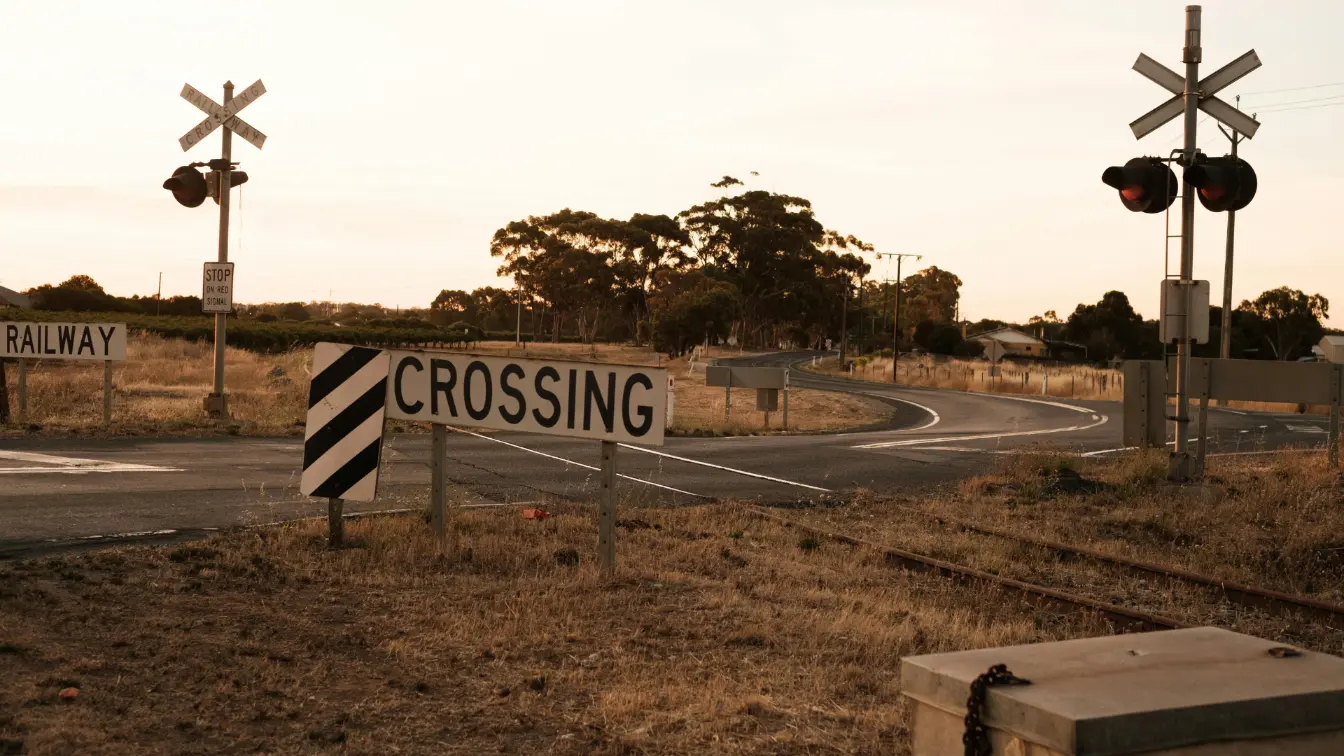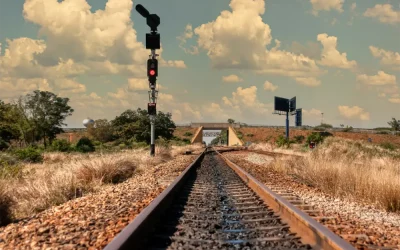What Is Rail Signalling?
Rail Signalling is the control system that keeps trains moving safely and efficiently across the network. Whether you’re operating a busy metro or a cross-country passenger service, signalling ensures that each train knows when to stop, when to go, and how to avoid collisions.
At its core, signalling is about communication. Signals talk to trains. Interlockings manage route safety. Control centres coordinate the whole picture. Without it, the railway would grind to a halt.
Why It Matters
Every train journey relies on signalling working exactly as intended. Delays, cancellations and even safety risks often trace back to failures in the system. As the UK rail network modernises, resilient signalling is key to handling greater capacity, faster services and mixed-traffic routes.
Softech Rail has delivered signalling solutions on over 100 projects across the UK, from Shenfield’s TRTS upgrades to full ES3-ES8 signalling designs on the Elizabeth Line. We understand both legacy equipment and tomorrow’s technology.
Key Components
- Signals: Visual indicators (lights, semaphores) that tell the train driver whether to proceed, slow down or stop.
- Interlockings: Safety logic systems that prevent conflicting movements through junctions.
- Track Circuits & Axle Counters: Detect train presence and maintain safe spacing.
- Control Centres: Central hubs where operators oversee routes, manage incidents, and optimise flow.
- Power Supply: Vital for reliability. Redundant feeds, backup systems and proper earthing protect operations.
Common Causes of Failure
Signal failures are one of the most disruptive issues on the railway. They’re often caused by:
Infrastructure
Ageing relay-based
Single-point power
Single-point power supply failures
Theft & Faults
Cable theft or telecoms faults
Environmental damage
Environmental damage (water ingress, wildlife)
Human error
Human error in installation or maintenance
At Softech, we take a preventative approach: digital interlockings, dual-fed power, and fault detection systems are part of our standard design thinking.


Modernising the Network
Digitalisation is transforming signalling. Tools like ETCS (European Train Control System) and CBTC (Communications-Based Train Control) enable:
- Continuous speed supervision
- Higher capacity with shorter headways
- Real-time diagnostics and asset monitoring
We’re currently supporting design and systems integration for projects using both CBTC and ETCS Level 2. The goal: safer, faster, more reliable railways.
What Makes Good Rail Signalling Design?
Great signalling isn’t just technically sound. It’s built around the railway’s operational reality. That means:
- Tailored solutions for passenger, freight and mixed traffic
- Integration with telecoms, E&P, OLE and PWay
- Practical access for maintenance teams
- Built-in resilience and scalability
Our signalling teams are IRSE-licensed and multi-disciplined. We work from feasibility through to final commissioning, with full compliance to Network Rail standards.
In Practice: Case Highlights
Shenfield TRTS Upgrade We supported a Driver Only Operation uplift by relocating and commissioning Train Ready to Start plungers across all platforms. This improved headway efficiency and operational safety.
Elizabeth Line Signalling Power Upgrade Replaced legacy Class 1 power with Class II double-fed networks across 160+ locations, eliminating single-point failure risks.
Clacton-on-Sea Depot Integration Designed signalling interfaces for a new Wheel Lathe Depot, integrating seamlessly with DPS and LOPS systems for safe operations.
Final Thoughts
Rail signalling is more than boxes and wires. It’s the nervous system of the railway. And with rising demand, it’s never been more important to get it right. Whether you’re upgrading legacy assets or rolling out full digital schemes, signalling design should never be an afterthought.
At Softech Rail, it never is.

















